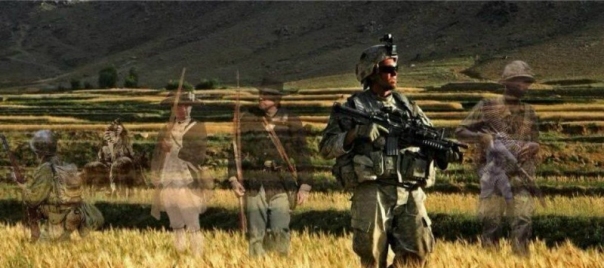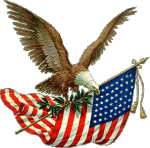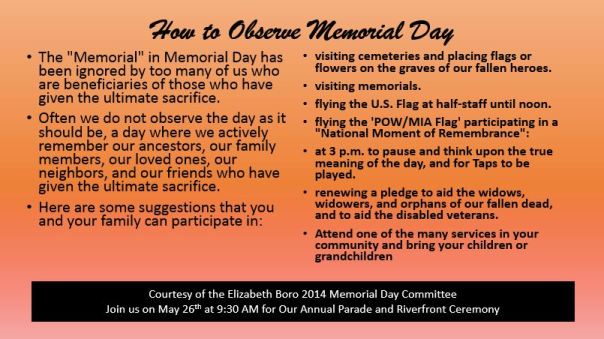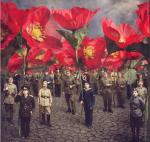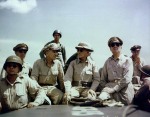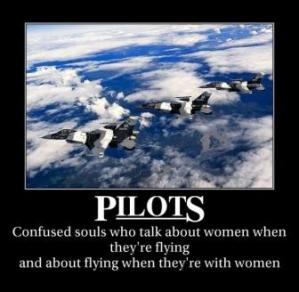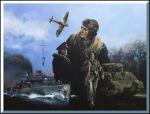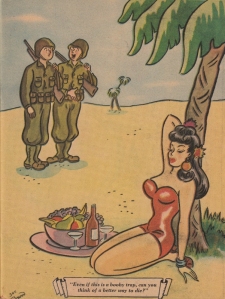
Marine Raiders
Lyman and Minnie Gleason were in their 40s when the baby arrived at their doorstep in a shoebox, and James Gleason would grow up near Youngstown, Ohio. On his 17th birthday, he enlisted in the Navy.
“Everybody was real patriotic at that particular time,” Gleason said in an interview with the Tribune two years ago at his home in Tampa.
On Aug. 3, 1942, he was called up, and after boot camp, transferred to the Marines, who didn’t have their own medics or chaplains. He volunteered for a newly formed group called the Marine Raiders.

James Gleason, 1943
There were four Marine Raider battalions and two Raider regiments that saw action in the Pacific between 1942 and 1944 and were formed to conduct amphibious raids and guerrilla operations behind enemy lines.
The Raiders went on to participate in campaigns across the Pacific Ocean and earned more than 700 decorations, including seven Medals of Honor, before being disbanded.
Gleason had no idea what he was getting into when he volunteered to join the Raiders. “I didn’t even know what the heck the Raiders were,” he said. “I volunteered because I wanted a change.”
The battles of the Solomon Island chain were hell on Earth. In addition to a determined enemy, the Raiders had to contend with swarms of flies and mosquitoes, constant dampness, swamps, jungles and sharp coral that cut skin and caused infections.
By the time of the attack on Bairoko Harbor, on New Georgia Islands, the Raiders were so decimated they were able to muster up less than one full battalion of 900 to 950 men from the two full battalions they started with, Gleason said.
The battle to take the harbor began at 10 a.m., July 20, 1943, according to Gleason and continued all day.

“Real Blood, Real Guts” by: James Gleason
“With nothing but guts and small infantry weapons, about 800 Raiders attacked the enemy force, who were well emplaced in a series of four parallel ridges with interlocking bunkers and cleverly concealed cross fire machine gun fire lanes,” Gleason wrote.
It also marked the first time the Navajo Code Talkers were used.
The enemy was driven back, but at a heavy cost, with more than 250 men killed or wounded and half the remaining men needed to take care of the survivors. Gleason was in the thick of it all, working with doctors and chaplains to save the wounded.
“We were pinned down under heavy fire at nightfall,” Gleason wrote. “At midnight, the Japanese staged one of their celebrated suicide bayonet charges, screaming like madmen.”
On July 23, the day Gleason turned 18, the Marines were ordered to retreat down a ridge even though he and others thought they were about to defeat the enemy.
“Now at age 18, the order to withdraw when we were 300 yards of victory at Bairoko was a bitter pill for everyone to swallow!” he wrote. “We Raiders contend that we would have taken Bairoko Harbor had we received the air and naval support we asked for.”
Gleason would be evacuated to Guadalcanal, but said he had few memories of what happened on his birthday.
Out of about 900 men, “I was one of about 120 or 130 to come down off the hill, with all the wounded and sick,” Gleason said in the interview.
After getting out of the hospital, Gleason returned to duty, serving aboard several ships, and left the service, only to return during the Korean War, where he “continued to help his Marines,” according to Mark Van Trees, who runs Support the Troops, an organization providing toiletries, snacks and other items to deployed troops.
When he got out of uniform for good, Gleason had an eclectic life.

Marine Raiders on Bougainville, Jan. 1944
The family moved to Clearwater and later to Tampa, FL in the mid 1980s, and Gleason spent his last days in a Tampa assisted living facility.
“I met Doc Gleason and he is made of the right stuff — a true Fleet Marine,” said James Mattis, a retired Marine general and former commander of U.S. Central Command. “‘Doc,’ who represented all the character and Gung-Ho that have made our Navy Corpsmen brothers so highly respected in the macho Marine Corps. Doc was a great sailor, fine friend and a true role model for us all. We will miss him terribly.”
One of Gleason’s happiest moments seemed to be the announcement that Marine Corps Forces Special Operations Command, or MARSOC would be adapting the Marine Raider name.
“He broke down at the announcement with his dream coming true.”
A funeral service for Gleason was. May 5, at Oakwood Community Church, in Tampa. He will be buried later at Arlington National Cemetery.
Condensed from an article written by: Howard Altman
©2016 the Tampa Tribune (Tampa, Fla.)
Click on images to enlarge.
##################################################################################
USMC Humor –

They still make house calls.

USMC Bumper stickers
####################################################################################
Farewell Salutes –
James Akers – Chicago, IL; USMC, WWII, PTO
Douglas Barnes – Asheboro, NC; US Army, Korea, 187th RCT Rakkasans

Standing Guard
Arnold Christie – Toronto, CAN; RC Navy, WWII, HMS Sheffield, Engine Room Artificer P. Officer
Herbert Daley – E.Hartford, CT; USMC, WWII, Korea, SSgt. (Ret. 20 years)
C. Harry Domm – North Hills, PA; USMC, WWII, PTO
Henry Dunn – NZ; Regimental # N801680, WWII
Robert Judell – NYC, NY; US Navy, WWII, ETO, destroyer escort
John Lagoulis – Newburyport, MA; US Navy, WWII, PTO, 58th SeaBee Battalion, Bronze Star
Robert Ross – IN; US Navy, WWII, PTO, gunner’s mate
Willie Ward Sr. – Mobile, AL; USMC, WWII, PTO, aircraft mechanic
#####################################################################################
